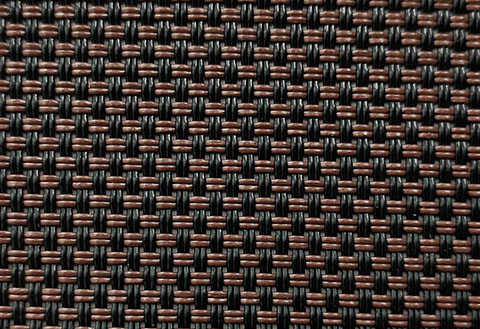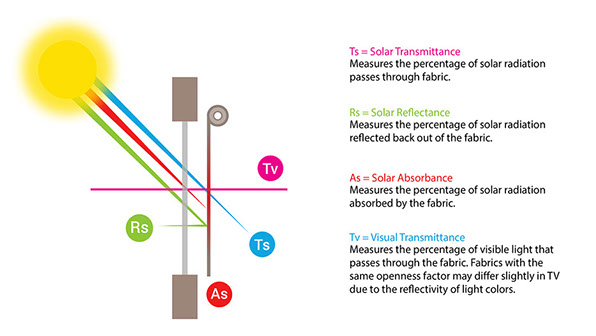Navigation
Interior Systems
Exterior Systems
Fabrics
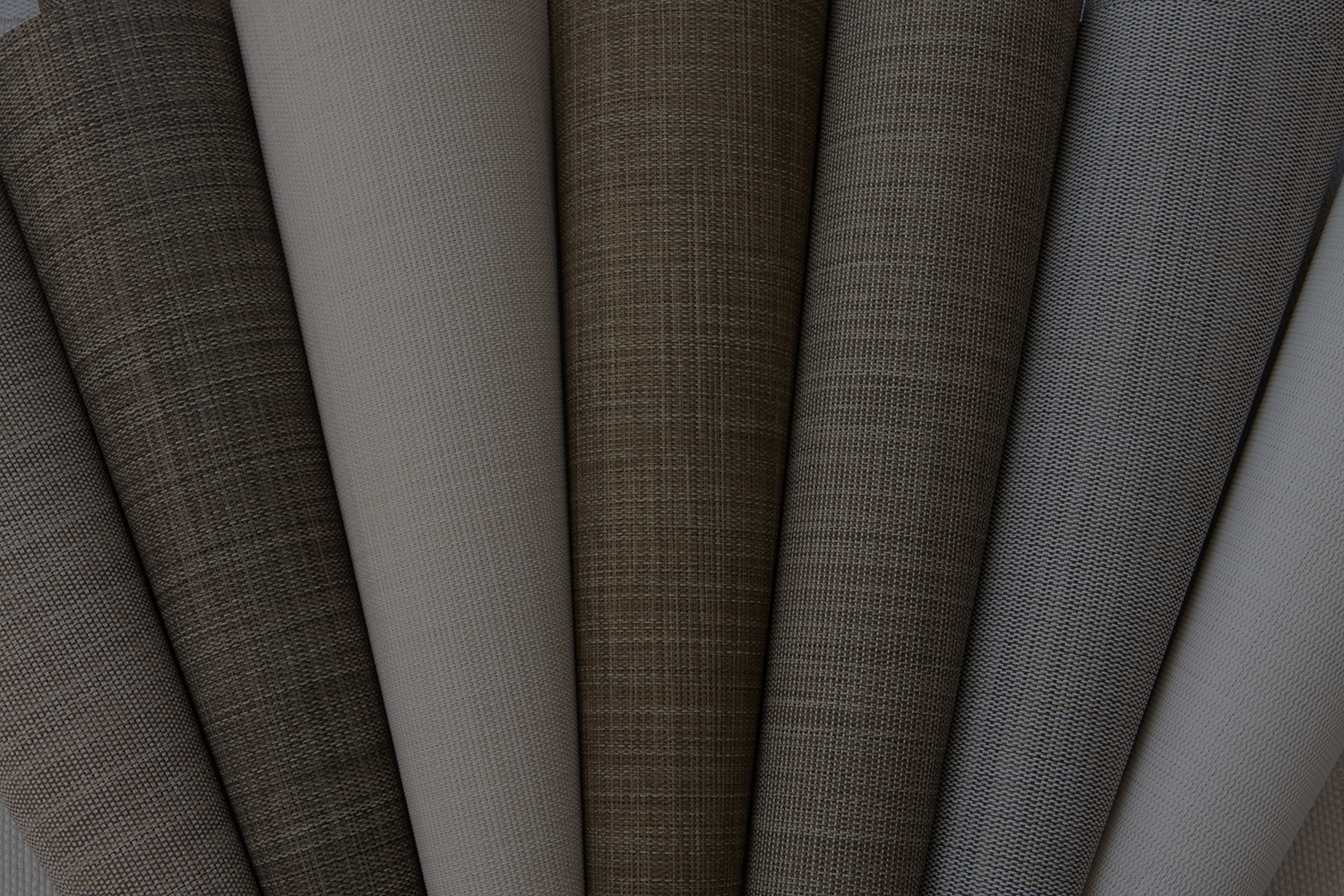
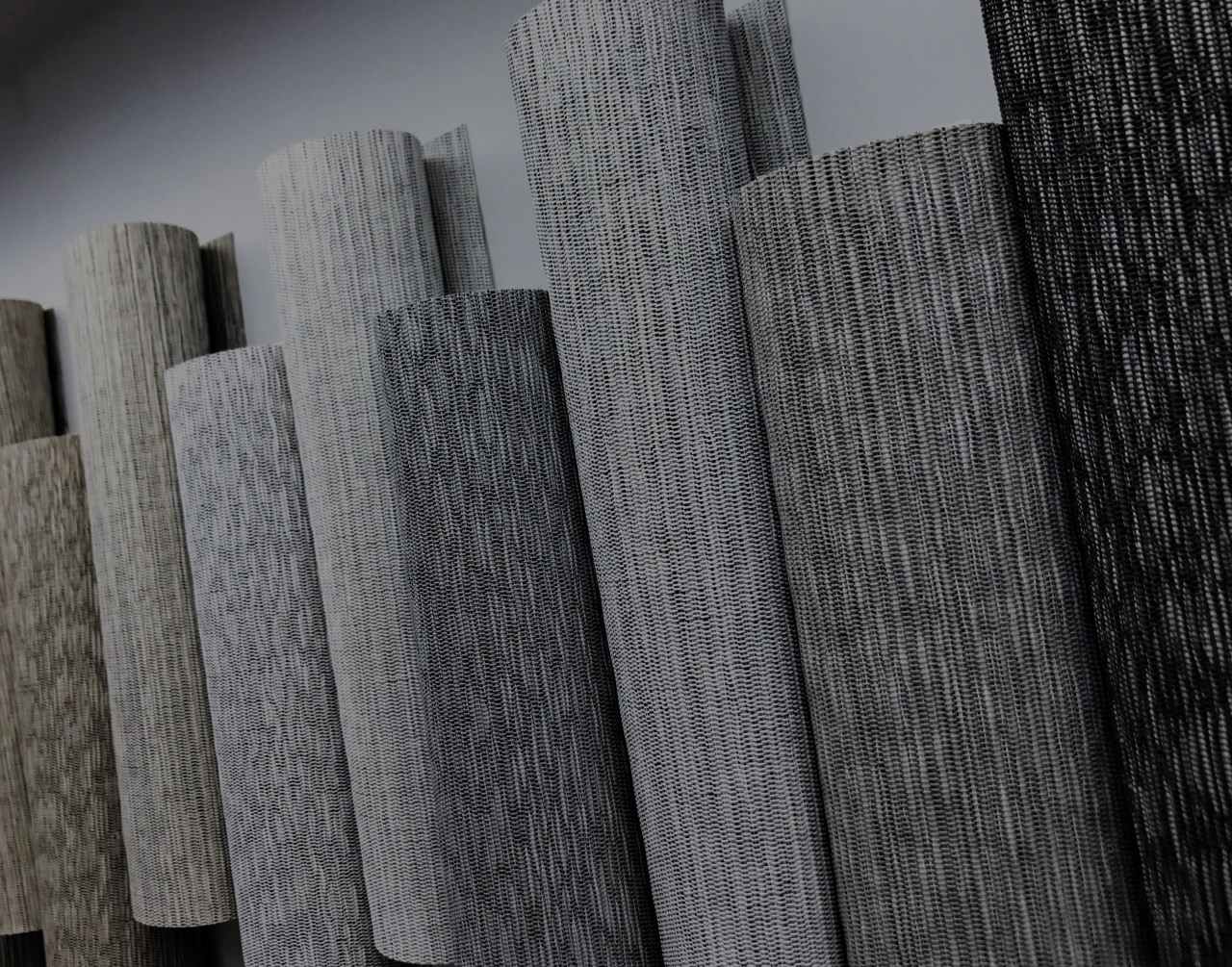
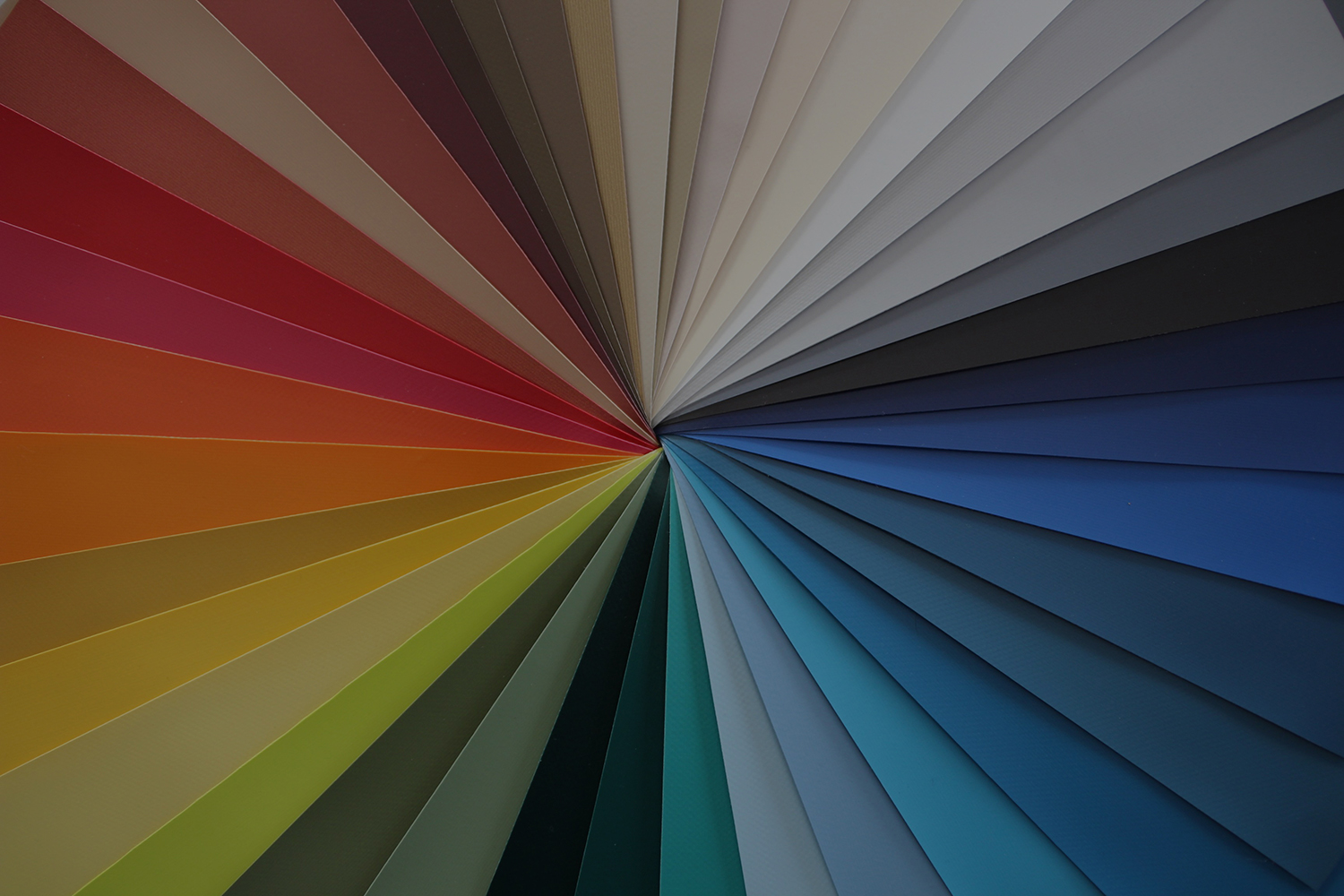
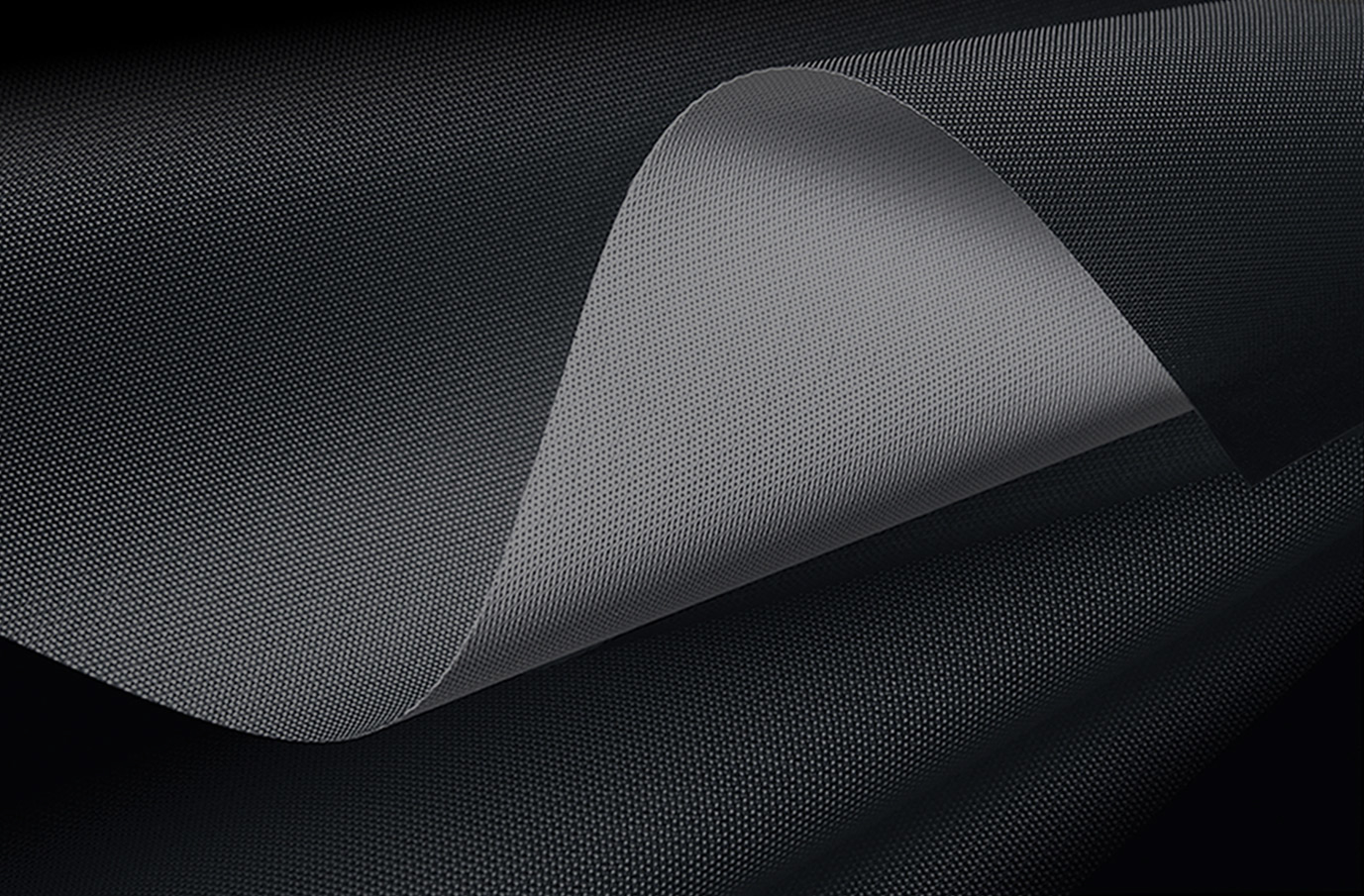
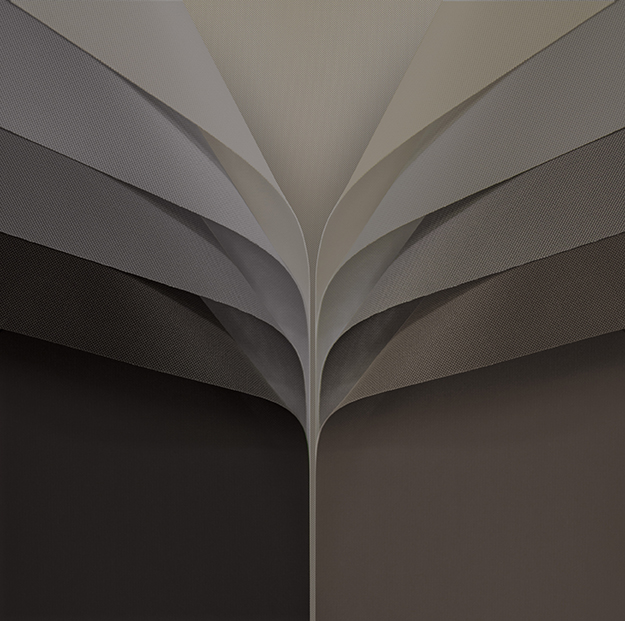
FUNCTION
STYLE
COLOUR
TECHNOLOGY
SUSTAINABILITY





FUNCTION
STYLE
COLOUR
TECHNOLOGY
SUSTAINABILITY





FUNCTION
STYLE
COLOUR
TECHNOLOGY
SUSTAINABILITY





FUNCTION
STYLE
COLOUR
TECHNOLOGY
SUSTAINABILITY





FUNCTION
STYLE
COLOUR
TECHNOLOGY
SUSTAINABILITY





FUNCTION
STYLE
COLOUR
TECHNOLOGY
SUSTAINABILITY
CHOOSING THE RIGHT FABRIC
Sun control fabrics are designed to control light, glare and heat without obstructing the view. When choosing a fabric, there are a few other things to consider like function, style, colour, technology, sustainability and certifications.
FUNCTION
Temperature Control
View-Through
Light Control
When heat gain or loss is an issue, a fabric with a smaller openness factor, such as a 3%, is ideal. This style fabric will control heat gain and loss while also controlling the light that enters the space.
When preserving outdoor views is of the utmost importance, a fabric with a higher openness factor, such as a 10%, is ideal. The larger openness factor will allow occupants within the space to see outside more clearly.
When complete darkness is a necessity, blackout fabrics are ideal. Blackout fabrics will block 100% of light when paired with a shade system with side channels.
4" Top Fascia System | Phifer® SheerWeave 4000 Greystone
Legacy® System | Phifer® SheerWeave 2000 Charcoal/Chestnut
7" Dual Shade System | Phifer® SheerWeave 2390 Oyster/Pearl Gray, 7500 Dune
STYLE
Solar Screen
A traditional solar screen contains a repetitive pattern and weave. This style provides consistent coverage throughout each window.
4" Top Fascia | Mermet® E-Screen 7510 Charcoal/Cocoa
Designer Screen
Unique weave that provide a more decorative look than traditional solar screen weaves. Designer weaves can include multiple colours and textures.
Legacy® Shade System | Phifer® SheerWeave 5000 Linen-Cranberry
COLOUR
Dark Fabrics
A darker coloured fabric is ideal when glare control and view through are a necessity. Dark coloured fabrics transmit less light which in return has a lower surface brightness and reflectivity. When preserving outdoor views is important, dark fabrics are the most ideal option.
Phifer® SheerWeave 4100 Tobacco
Light Fabrics
A lighter coloured fabric will reflect sunlight and in turn will absorb less heat, lowering the heat gain in the space. Light coloured fabrics are ideal for facades that experience intense UV rays and harsh sunlight.
Mermet® E-Screen 7505 White-Linen
TECHNOLOGY
KOOLBLACK® Technology
KOOLBLACK® Technology increases the heat reflectivity of dark color solar shade fabrics to levels comparable to light color fabrics. This feature, coupled with the other benefits of dark color fabrics, provides excellent contrast for a clear and sharp view through, comfortable indoor environments, and maximized energy savings through reduced cooling costs.
Reflective Backing
Reflective fabrics pair traditional solar screen fabrics with the highly reflective propertied of metallization to create the ultimate sun control protection. A thin metallized coating is applied to the back side of a dark fabric to increase glare reduction and decrease heat absorption.
SUSTAINABILITY
Cradle to Cradle®
Reflective fabrics pair traditional solar screen fabrics with the highly reflective propertied of metallization to create the ultimate sun control protection. A thin metallized coating is applied to the back side of a dark fabric to increase glare reduction and decrease heat absorption.
Dow Ecolibrium®
Ecolibrium is a renewable alternative to traditional plasticizers. Ecolibrium lowers greenhouse gas emissions by as much as 40% compared to existing compounds. It is also phthalate free, lead-free and RoHS compliant.
CERTIFICATIONS FOR HUMAN HEALTH
Antimicrobial Product Protection
Clean Air, Indoor Air Quality, VOC emissions
Seal of Approval for effectiveness in preventing sun damage to skin or eyes
SOLAR PROPERTIES
Ts = Solar Transmittance
Measures the percentage of solar radiation that passes through the fabric.
Rs = Solar Reflectance
Measures the percentage of solar radiation reflected back out of the fabric.
As = Solar Absorbance
Measures the percentage of solar radiation absorbed by the fabric.
Tv = Visual Transmittance
Measures the percentage of visible light that passes through the fabric. Fabrics with the same openness factor may differ slightly in TV due to the reflectivity of light colors.
VIEW FABRIC COLLECTION


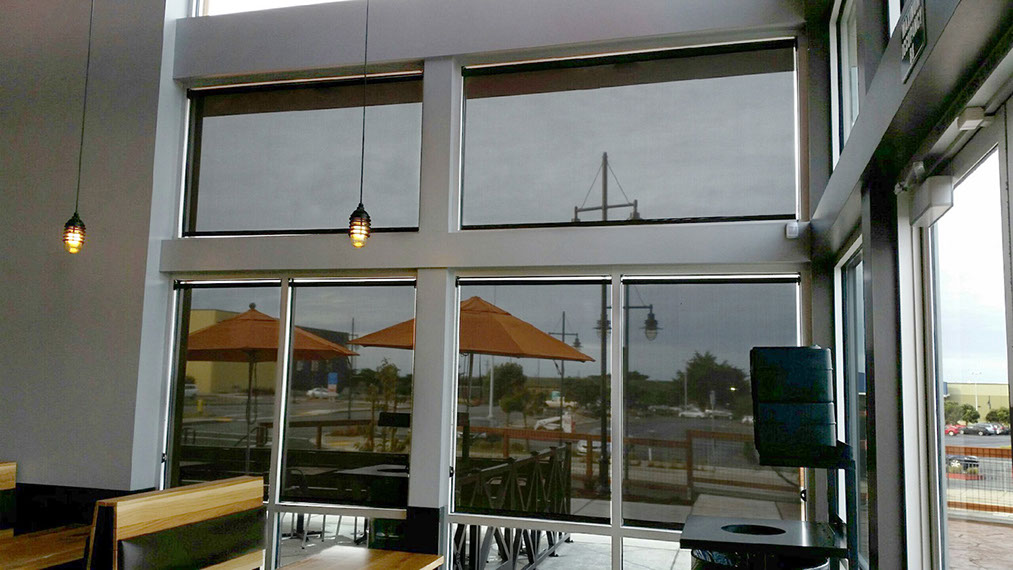
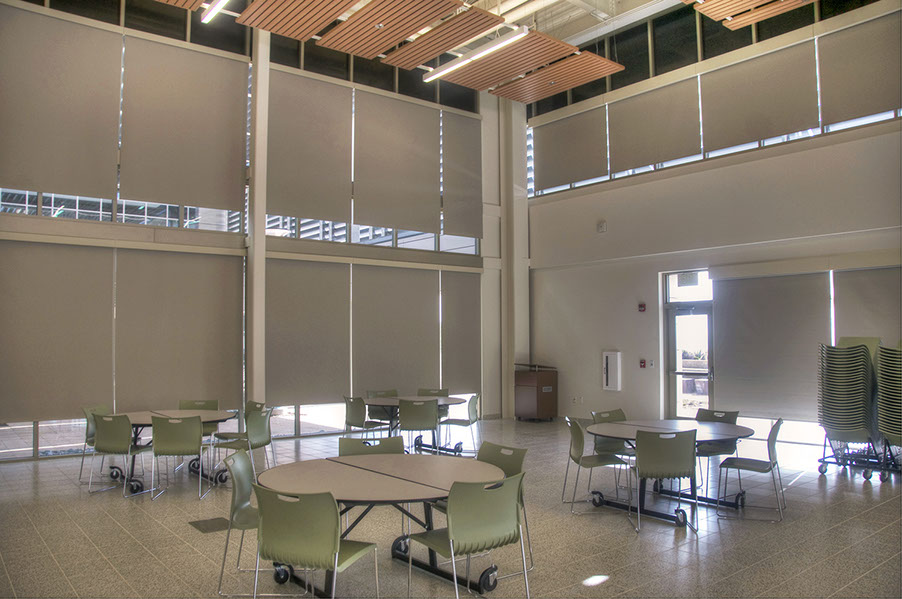
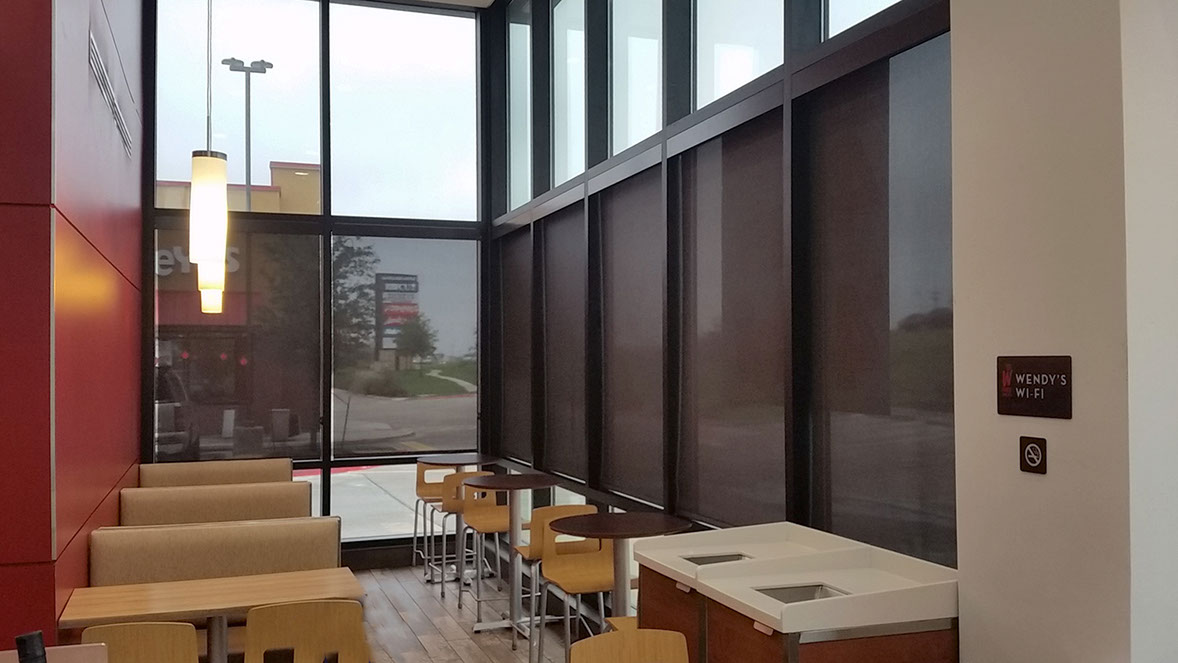
.jpg?crc=4160951743)
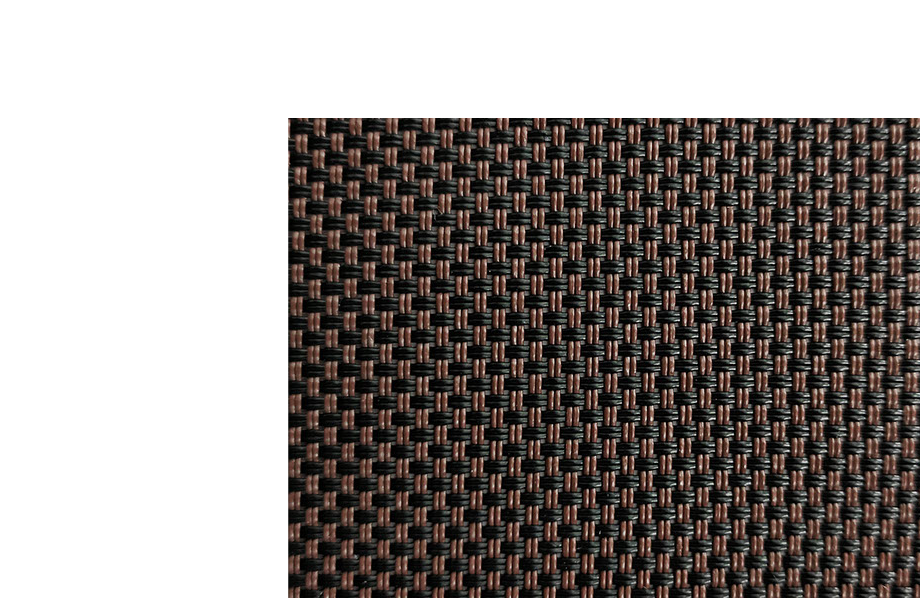
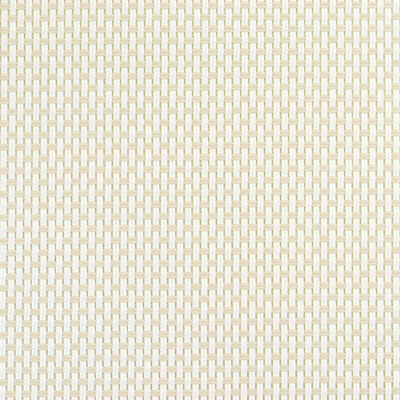
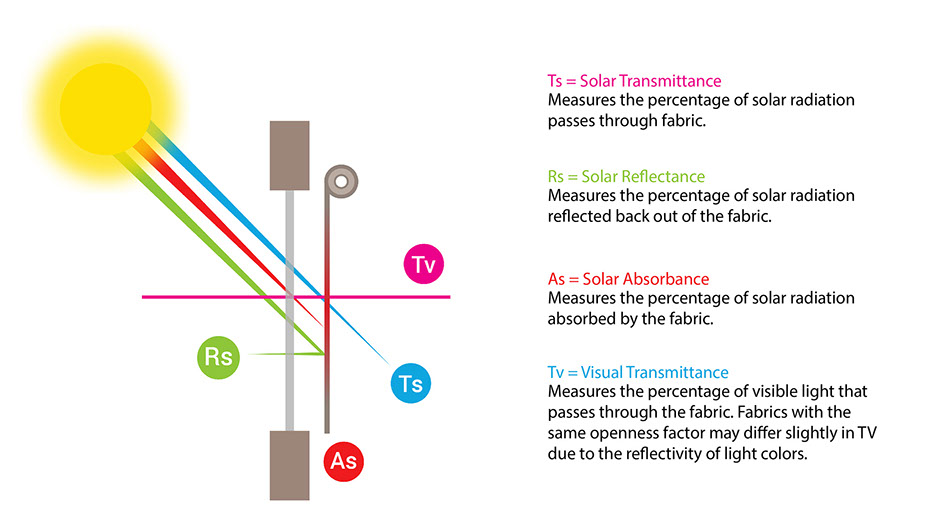
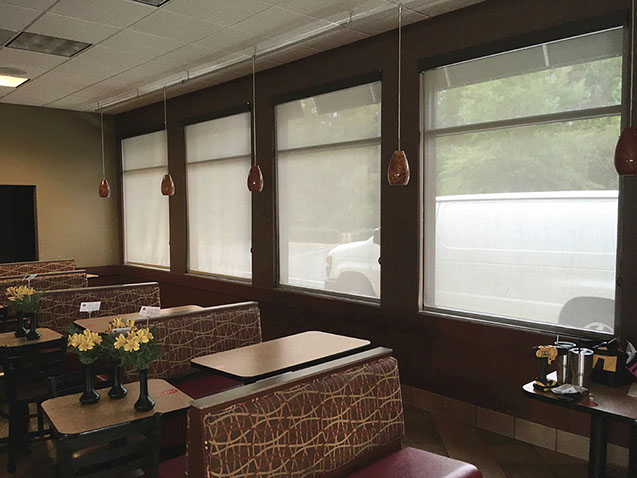
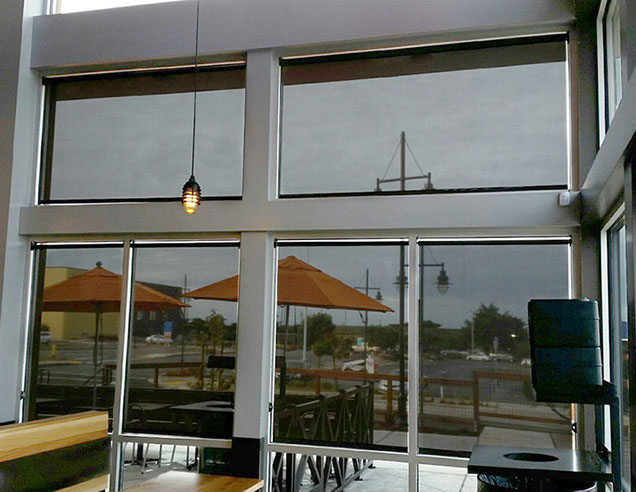
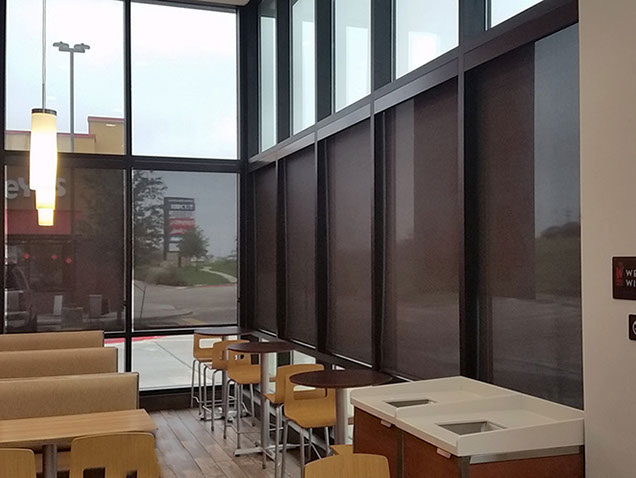
-crop-u730791.jpg?crc=4068125249)
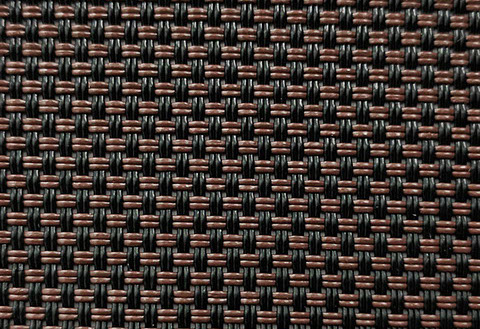
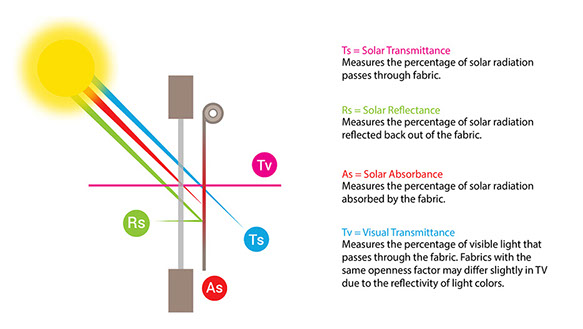

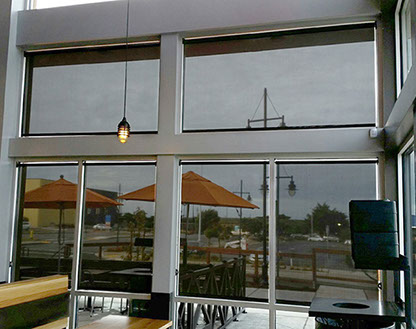
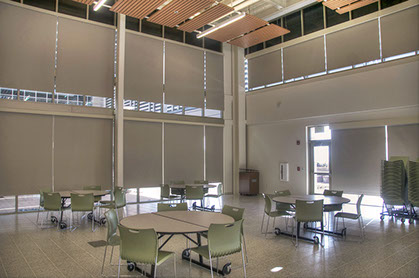
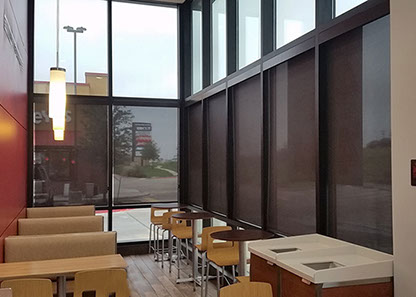
463x260.jpg?crc=59559343)
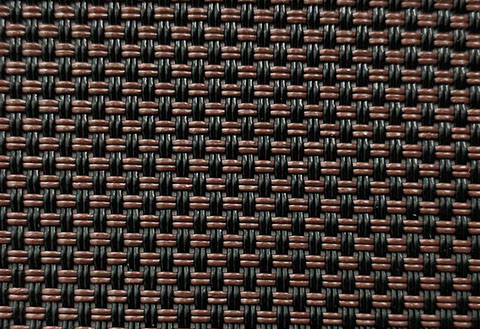
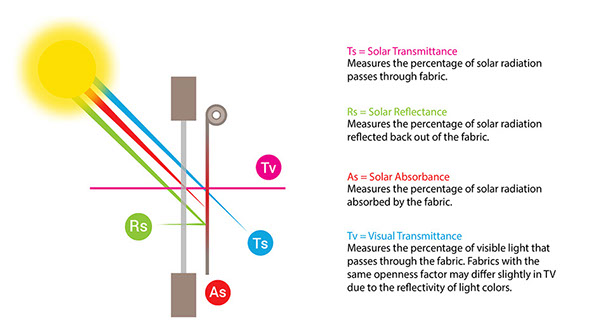
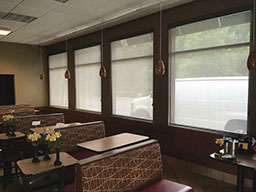
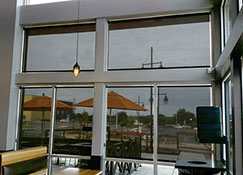
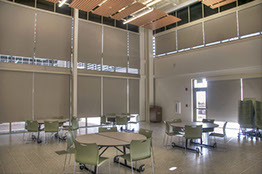
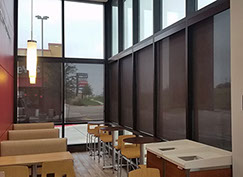
265x150.jpg?crc=3993966841)
